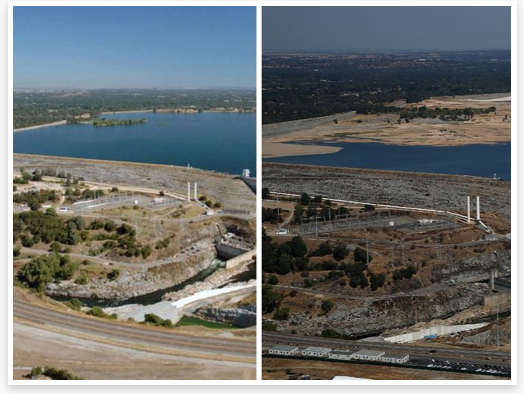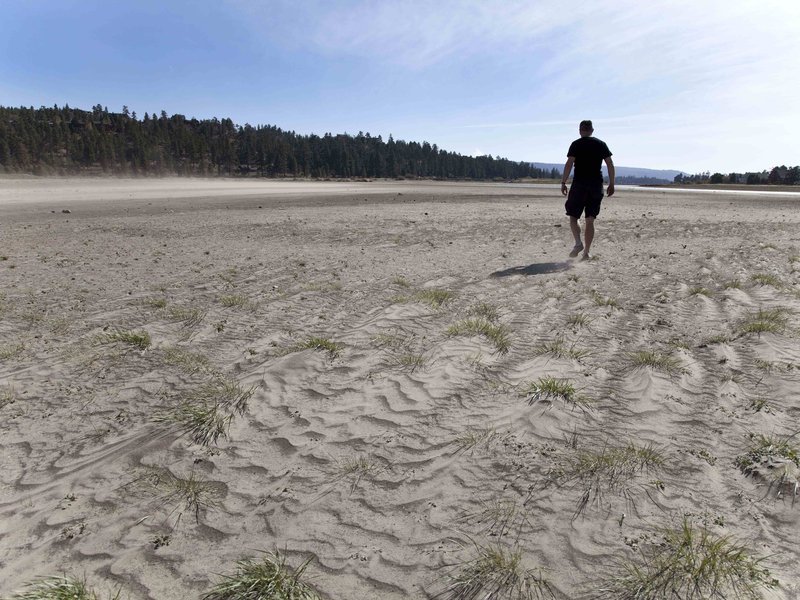OF THE
TIMES

"Everybody was pumping to their heart's content, until they realized the basin isn't that big."As WSJ reports, "Groundwater was kind of out of sight, out of mind," said Lester Snow, executive director of the California Water Foundation, a nonprofit policy group in Sacramento, and former director of the state Department of Water Resources. But now...
With groundwater levels falling across the Golden State - causing dried-up wells, sinking roadbeds and crumbling infrastructure - the state legislature is considering regulating underground water for the first time.
Californians have long battled over rights to rivers, lakes and other surface-water supplies, but the drought is finally shifting the focus to groundwater, which accounts for about 40% of water used in normal years - and up to 60% in drought years, as other sources dry up.



"A well-managed basin is used like a reserve bank account," Howitt said. "We're acting like the super rich who have so much money they don't need to balance their checkbook."The systems in which we live are failing in a fractal-like way. For those interested in the science behind these failures, from cosmic, to global, to you, check out:
Comment: Climate change is more likely due to Fireballs and Comets.
See also:
Climate Change Swindlers and the Political Agenda
Sott.net Series on Comets & Catastrophes